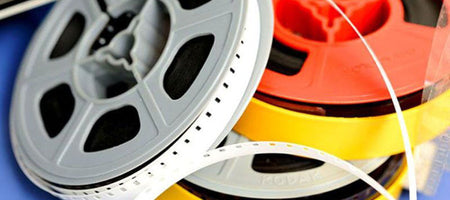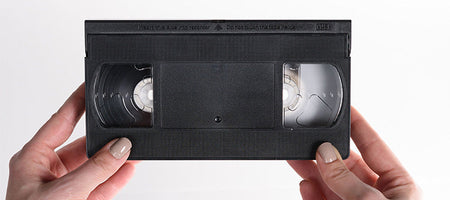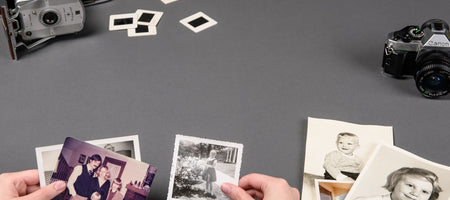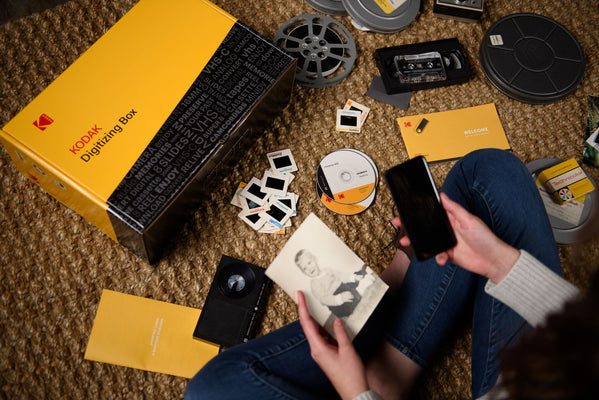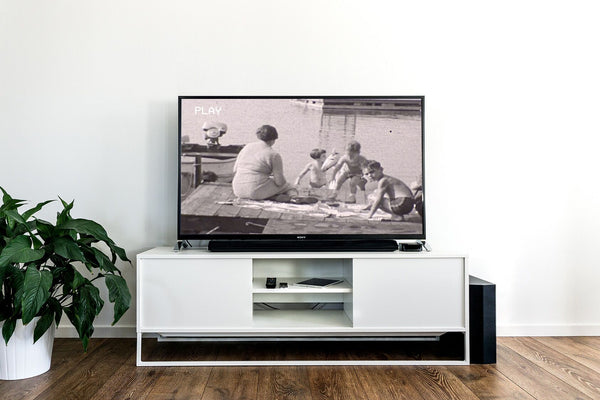Movies are integral to the history of entertainment and culture. So many films have had significant meaning to people all over the world, and the movie industry has continued to grow and be successful since the beginning of the 20th century. As technology progresses and special effects continue to become more realistic, interest in movie-going continues to hold out and draw millions of people to the theaters each year.
So just how did this mega successful industry begin? How were moving pictures created, and how did we progress to the amazing effects and productions that we watch today?
The massive movie industry that we have today began very humbly in the late nineteenth century, with a little invention called the Kinetoscope.
Humble Beginnings
The Edison Company in America was the first to produce a moving picture with the Kinetoscope. The Kinetoscope, invented in 1891, allowed only one person at a time to view the moving pictures, but it was revolutionary. In the 1890’s, film was just beginning and was very basic, usually under a minute long, always in black and white without any sound recording over it, and typically depicted short scenes of sporting events or slapstick comedians. The technology of film quickly progressed, with longer scenes depicted, and people began gathering to “the cinema” to view actor’s performances and simple short “films” that we would not recognize as movies by today’s standards. These silent “films” were often accompanied by orchestras or spoken commentary to further entertain spectators. Intertitles, or blank screens with the lines spoken by actors on them, were introduced and became very popular for silent films.
The Lumière brothers were some of the first film producers – they are famous for using one of the first movie cameras to record a scene from the back of a train. These brothers were also the first to present projected moving pictures for paying audiences in 1895, the originators of the cinema.
Only eleven years after motion pictures came onto the scene, the term “films” was first in popular use to describe these short moving pictures that people would go to see in theaters and cabarets. As technology progressed, films became longer and would include multiple shots. An entertainment industry quickly developed, and the positions of director and editor became solidified roles in movie-making.
Multi-Shot and Continuous Shot Film
The first films to consist of more than one shot were produced near the end of the 19th century. These mulit-shot films were still not continuous films. The first film to feature continuous action occurring from one shot to the next was Robert W. Paul’s Come Along, Do!. In 1895, Paul’s “Cinematograph Camera No. 1” was the first camera to feature reverse-cranking, a film development method that allows the film to be exposed several times, creating super-positions and multiple exposures. These methods allow subsequent images to be superimposed over original images multiple times to show movement. Eventually in 1900, George Smith and James Williamson finally established continuity of action in film, making continuous shots the new normal.
Animation
George Miélès was one of the first filmmakers to utilize elements of animation and special effects in film. One of his most influential movies, A Trip to the Moon, is recognized as the first science-fiction movie. A Trip to the Moon incorporated never-before seen effects and animations and was very popular among movie-goers in France.
One of the first examples of a totally animated film was made by a British filmmaker in 1899. It was called Matches: An Appeal, and it was used to inspire citizens to send matches to the British army during the Boer war. The film actually used stop-motion to create movement on camera. It is the first instance of stop-motion ever being used.
The First Feature Film
The first multi-reel, full length feature film ever produced was an Australian film called The Story of the Kelly Gang. This movie was more than an hour long and used over 4,000 feet of film. This movie followed the life of the infamous outlaw Ned Kelly and was first showed to the public at Australia’s Athenaeum Hall in Melbourne in December of 1906, and then in the UK the following year.
Sound and Color
The first feature film that incorporated synchronized speech, music, and singing was The Jazz Singer, released in 1927. Although there had been some silent films that incorporated live music or speech, The Jazz Singer was the first film to have sound recorded by Vitaphone and played simultaneously with the film.
The first animation that featured synchronized sound was Walt Disney’s Steamboat Willie, featuring the famous little guy we all know as Mickey Mouse.
Color has been added to film since the beginning of the craft. Filmmakers would sometimes hand-paint and stencil each frame of film to add color to their movies. While this is technically film in color, it’s not the type of colored film we think of today. The first hint of color shot on film began in 1906 with the invention of the Kinemacolor process. This process used color separation techniques to produce a sort of “natural color” on the film. Although this method was revolutionary, it was often expensive and difficult to do correctly.
Movies remained almost completely colorless until the mid-1930s when the three-color process, popularly known as Technicolor, was popularized. Walt Disney’s Flowers and Trees was one of the first films to use Technicolor.
Introduction of Television
The 1930s and 1940s are often referred to as “The Golden Age of Hollywood” due to the wild popularity that films and the cinema experienced in the 20-year period. It was not uncommon for folks to go to the movies twice a week. The film industry was booming, the first movie stars were being celebrated and deified, and people truly enjoyed the experience of going out to the movies.
However, things started to change for Hollywood in the 1950s with the introduction of one revolutionary technology – television.
With the introduction of the television, a whole new industry began, and television shows became the bread and butter of entertainment around the world. To view a great television show from the comfort of one’s own home was a futuristic idea to most, but it was real, and it was exciting. However, it was not so exciting for filmmakers and producers.
Thirty years after the introduction of the television, the popularity of film and the cinema dwindled significantly. During the Golden Age of Hollywood, 31 million people would flock to the movies weekly in the UK. By the 1980s, that number had dropped all the way to a mere 1 million per week.
By 1985, however, with the introduction of the first multiplexes in the world, beginning with the UK, a new surge of interest in visiting the movie theater occurred. Since then, cinema popularity has ebbed and flowed, especially with the introduction of streaming services in the last decade. It’s common for people to prefer to rent a movie via a streaming service than to watch a movie at the movie theater.
Who knows what the history will be for movies?
Perhaps we will be able to easily watch newly released films from our homes. Whatever the case, the interest in movies has not decreased at all over the course of 100+ years and will only continue to become more advanced and interesting as time goes on.

